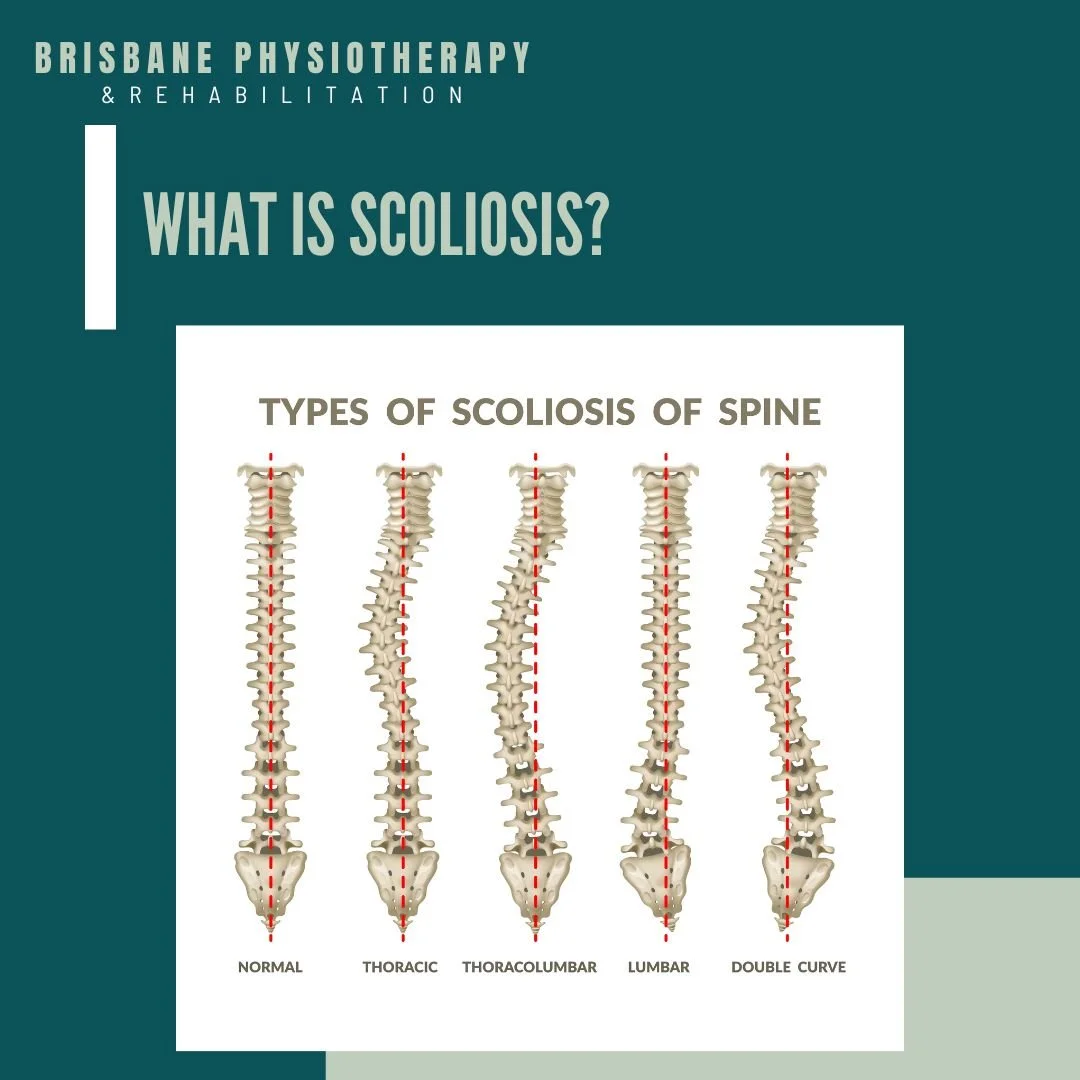Scoliosis
What is Scoliosis?
Scoliosis is a spinal condition characterized by an abnormal sideways curvature of the spine. When viewed from the front or back, a normal spine is straight, but in scoliosis, it curves to the side, forming an S or C shape. This curvature can occur at any point along the spine, and its severity can vary from mild to severe.
Scoliosis Symptoms & Signs
Scoliosis often develops during adolescence, and it can progress as the individual grows. Common signs and symptoms include:
Uneven shoulder or hip height.
A visible curve in the spine when bending forward.
Uneven waistline or ribcage.
Back pain or discomfort, especially in more severe cases.
Changes in posture or gait.
Scoliosis Types
There are several types of scoliosis:
Idiopathic Scoliosis: This is the most common type, and its cause is unknown. It often develops during adolescence and is categorized as infantile, juvenile, adolescent, or adult-onset scoliosis.
Congenital Scoliosis: Present at birth, this type results from abnormalities in spinal development during fetal growth.
Neuromuscular Scoliosis: Often associated with conditions like cerebral palsy or muscular dystrophy, this type of scoliosis is caused by muscle imbalances or neurological issues.
Degenerative Scoliosis: Typically occurs in older adults due to age-related changes in the spine, such as arthritis or disc degeneration.
Scoliosis Diagnosis
Diagnosing scoliosis usually involves a physical examination, including the Adam's Forward Bend Test, where the patient bends forward, and a healthcare provider checks for spinal asymmetry. X-rays and other imaging tests may be used to assess the curvature's severity and location.
Scoliosis Physiotherapy Management
Scoliosis Management Strategies:
Observation: For mild cases, especially in growing children and adolescents, healthcare providers may recommend regular monitoring to track curve progression.
Bracing: Moderate curves, particularly in growing children, may benefit from bracing to prevent further progression. The type and duration of bracing depend on the individual's age and curve severity.
Physical Therapy: Targeted exercises and stretches under the guidance of a trained physiotherapist can:
Improve muscle strength and flexibility.
Alleviate discomfort.
Support overall spinal health.
Surgery: In severe cases, when curves progress significantly or other treatments prove ineffective, surgical intervention may be necessary. Surgical options may include spinal fusion, during which rods and screws are placed to stabilize the spine and correct the curvature.
Managing scoliosis requires a holistic approach that considers the type and severity of the condition, the individual's age, and their unique needs. Early diagnosis and appropriate management are essential to prevent curve progression and address associated symptoms.

